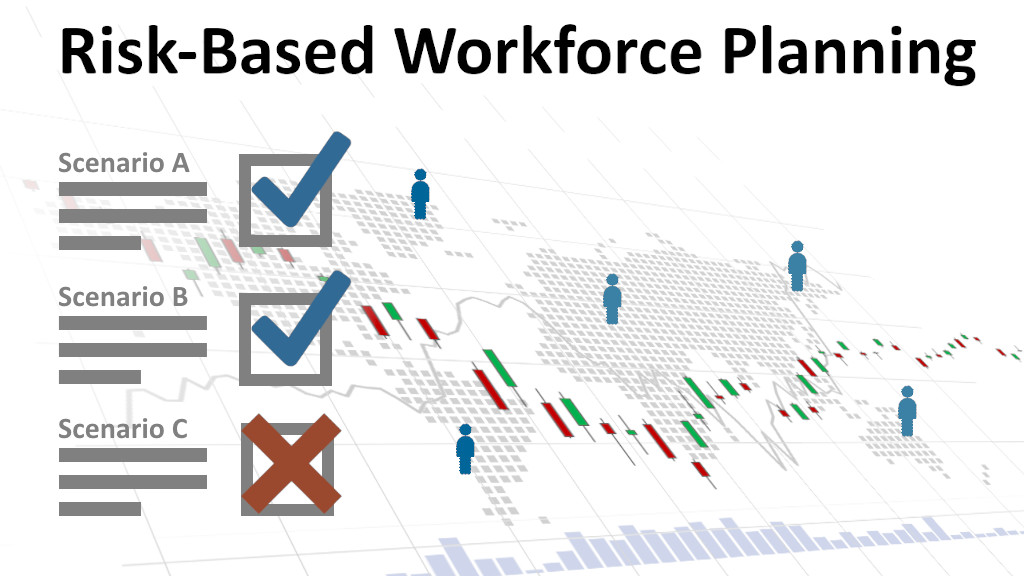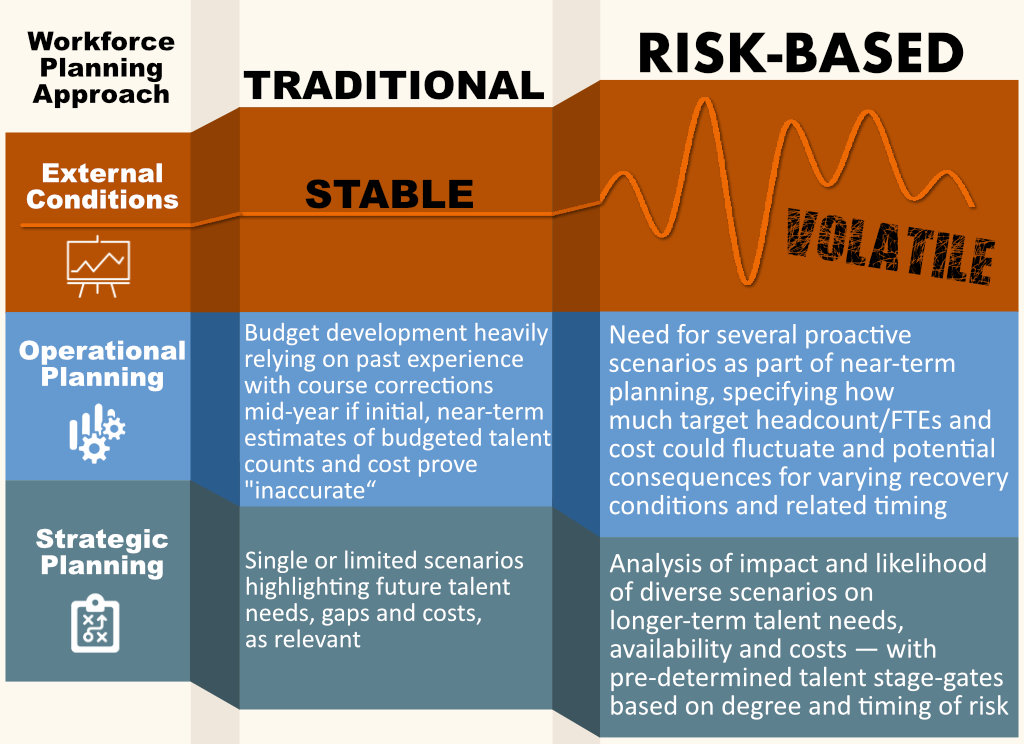RECENT POSTS
-
Pay Equity Disclosure is Just the Beginning
 06/06/2023
06/06/2023
-
Why Performance Reviews Matter for Pay Equity
 04/10/2023
04/10/2023
-
How do we really know who feels excluded at work?
 09/30/2019
09/30/2019
-
Understanding Today’s Talent Landscape to Drive Diversity and Inclusion
 06/28/2019
06/28/2019
-
Key Take-Aways from the Conference Board's 13th Annual Human Capital Analytics Conference
 11/13/2018
11/13/2018
-
How happy are you with your workforce analytics technology?
 09/25/2018
09/25/2018
-
The four pillars of analytics success for the HR business partner
 08/08/2018
08/08/2018
-
Is there room for more diversity on your workforce analytics team?
 07/10/2018
07/10/2018
-
How Unique Is Your Job Title?
 03/27/2018
03/27/2018
-
What's More Important: Performance Management or Workforce Planning?
 02/27/2018
02/27/2018
-
Going Where the Data Leads: Four Questions that You Need to Ask
 01/09/2018
01/09/2018
-
Workforce Analytics: Separating Hype from Substance
 12/19/2017
12/19/2017
-
Pacing Workforce Analytics to Win
 11/28/2017
11/28/2017
-
Selling Workforce Analytics: What's it Worth?
 11/01/2017
11/01/2017

All the uncertainty created by the global coronavirus pandemic, stock market volatility, upcoming elections and the important black-lives-matter movement are bound to create greater uncertainty in business and talent planning for the remainder of this year and likely well beyond. That said, uncertainty doesn’t mean that planning isn’t possible. In fact, it raises the importance of—and value from—planning efforts.
The key here is not to plan for a single scenario for the future but rather several “what if” alternatives (in truth, it usually is) in order to engage leaders in a thoughtful discussion about how business and talent decisions would change under varying conditions. To date, HR leaders typically focus on the concept of "strategic" workforce planning to elicit insights on the longer-term priorities for the business and key talent implications.
While this longer-term, strategic planning is still fundamental, it is only the beginning of what we need to address with sustained local and global volatility. The current and projected macroenvironment may mean that "risk-based" workforce planning will become the new baseline terminology to describe how organizations establish and address future workforce gaps.
Aren’t We Doing Risk-Based Workforce Planning Already?
Interestingly, although many organizations and HR functions talk about scenario planning, few truly develop risk-based workforce plans. What’s particularly challenging here is that risk-based workforce planning is more needed in times of uncertainty, but it is also more complex. We’ve seen many organizations forgo this complexity in order to get workforce planning "off the ground," and this approach can be quite effective in a stable environment. That said, it creates added risk exposure to the business—and to the success of the workforce planning process itself—during times of greater volatility, such as what we are seeing in today’s environment.
The New Normal: Risk-Based Workforce Planning
What is risk-based workforce planning? While traditional, strategic workforce planning looks to match future workforce needs to available and projected workforce supply, risk-based workforce planning highlights the degree of variance in—and potential timing implications of—future needs and supply based on alternative conditions or risks. We have found that this type of advance planning is particularly and disproportionately valuable in times of uncertainty.
Let’s go through a few examples of what we mean and show why risk-based workforce planning is so important:
There have been 7 recessions in the U.S. in the past 50 years (prior to the current one) with an average duration of one year
Global trade represented about 25% of the U.S. GDP (before our most recent market chaos)
By 2025, machines are projected to account for more than half of the division of labor globally
With predictions about many tasks (and people) being replaced by automation and the like, organizations will need to play out the various impacts of alternative ways of working near and longer term. We already are seeing a variation of this issue in the unexpected and significant reliance on work-from-home activity during the current health crisis. To what extent will employers return to “normal”, if alternative models are “working”? And, because risk-based workforce planning is time-based vs. primarily destination-oriented, the transformation itself is embedded in the approach, which can help reduce exposure to undesirable and untimely talent surpluses and shortages going forward.
Geopolitical tensions will continue with an average of almost 1 Government shutdown every 2 years over the past 45 years for the U.S. alone — the most recent one (before the pandemic) being the longest in history
Whether pandemic-related border closures, government shutdowns in the U.S., tax protests in France or Brexit in the U.K. (to mention a few), governments are considering more radical interventions that may reshape how and where organizations conduct business profitably, which may in turn have long-term consequences on their desired talent profiles and market-driven talent gaps.
Taking Immediate Action
The current reality is that all of these scenarios—and more—are playing out in some form this year, which makes risk-based workforce planning an urgent priority for HR functions. Those who are ready and can implement quickly will be comparative winners, by being able to adapt and adjust course more effectively than those who wait until there is some semblance of “certainty”.
As we’ve reviewed existing workforce planning capabilities for organizations, we’ve seen that some are challenged by operational planning, most struggle to conduct strategic workforce planning and almost all lack core elements to support risk-based workforce planning. Below is a summary of some of the key distinctions between these approaches to help you gauge your own organization’s approach:
KEY DIFFERENCES IN WORKFORCE PLANNING
BASED ON EXTERNAL CONDITIONS

If you’d like to learn more about our approach or have us review your current workforce planning process, please reach out to info@meritanalyticsgroup.com.
Sources:
Market Recession:
https://www.thebalance.com/the-history-of-recessions-in-the-united-states-3306011
Trade Wars:
https://data.worldbank.org/indicator/NE.TRD.GNFS.ZS?locations=US
The Future of Work:
https://www.weforum.org/agenda/2018/09/future-of-jobs-2018-things-to-know/
Geopolitical Issues:
https://www.nytimes.com/interactive/2019/01/09/us/politics/longest-government-shutdown.html
